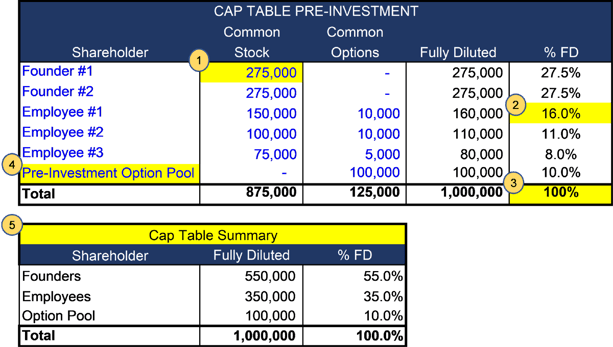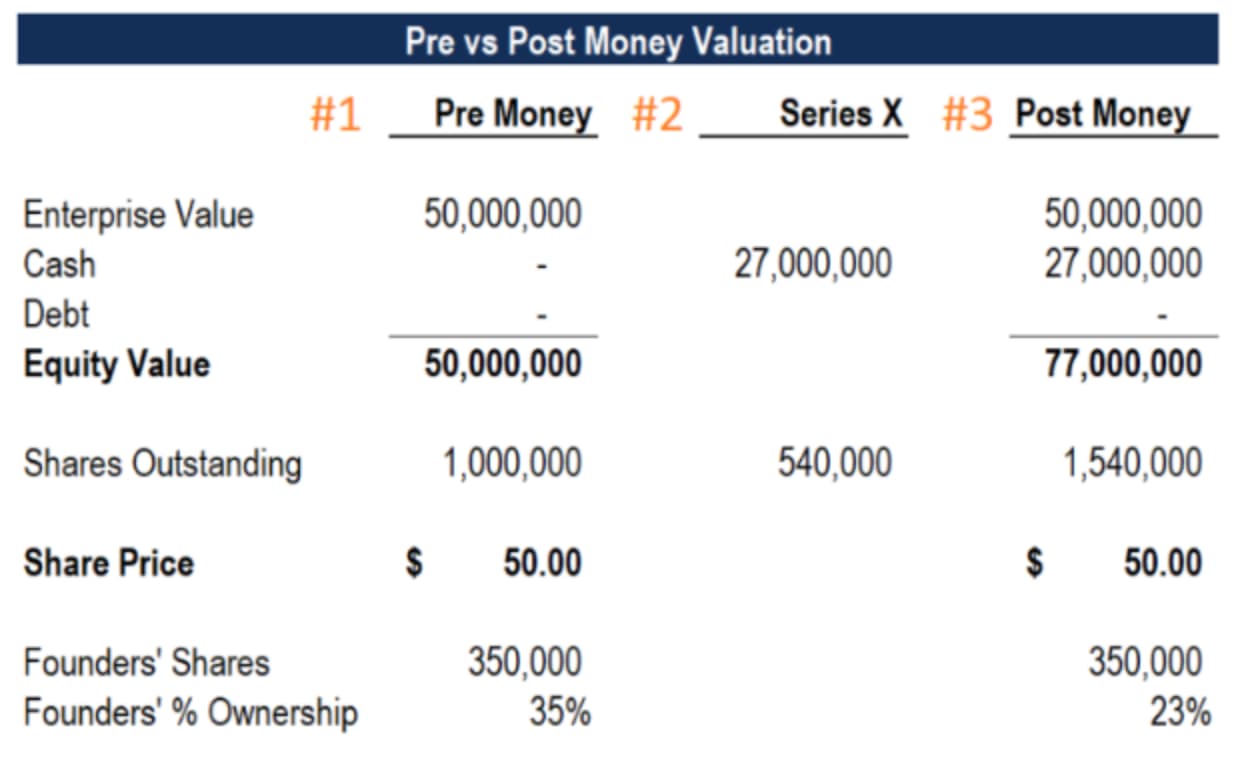Growing a business requires investment capital. When companies are scaling, they need money to launch products, hire employees, assist customers, and expand operations. This sentiment is true now more than ever with the collective U.S. business debt to equity ratio amounting to 92.6% (.93) in Q1 of 2021. The trend shows that businesses are growing thanks to a healthy balance of debt and equity.
 There are numerous ways to raise capital, and each will have a different impact on your company and the pace at which you grow. The most common way to raise capital is through either equity or debt. But what do each of these entail? And how do they help your business' financial standing? Well, you're in luck, because we'll take a look in this definitive guide to demystifying the debt to equity ratio.
There are numerous ways to raise capital, and each will have a different impact on your company and the pace at which you grow. The most common way to raise capital is through either equity or debt. But what do each of these entail? And how do they help your business' financial standing? Well, you're in luck, because we'll take a look in this definitive guide to demystifying the debt to equity ratio.
Leverage is the term used to describe a business' use of debt to finance business activities and asset purchases. When debt is the primary way a company finances its business, it's considered highly leveraged. If it's highly leveraged, the debt to equity ratio tends to be higher.
It is important to note the debt to equity ratio will vary across industries. This is because different types of businesses require different levels of debt and capital to operate and scale.
Key Takeaways
- The debt to equity ratio compares an organization's liabilities to its shareholders’ equity and is used to gauge how much debt or leverage the organization is using.
- High ratios indicate to lenders that an organization may be too risky to invest in.
- Investors may choose to focus on an organization’s long-term debt to equity ratio to spot much bigger risks.
- Debt to equity ratios will vary based on industry.
In a
LinkedIn poll
conducted by Steve McNulty, Partner at Funding Nav, 34% of respondents are currently raising capital through equity, whereas the majority of those who have raised capital in the past did so through debt. Granted, this poll is limited and won’t speak to all businesses, but it does give us a peek behind the financial curtain. The interesting part about McNulty’s findings lies within the comments under his poll. The business owners were not necessarily considering the balance between these two types of funding and what that balance looks like in their industries.
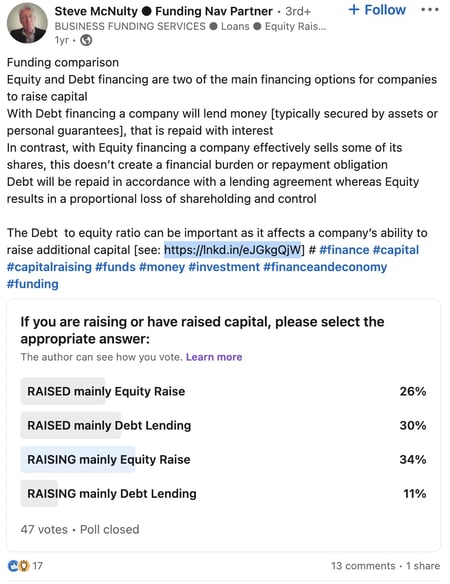
Image Source
For example, an apparel company that requires textiles to create the product, labor to assemble the clothing, warehouses to store their products, and brick-and-mortar stores to sell the product to customers is likely going to carry more debt than a tech company that delivers all of its products online and does not have to worry about storing physical products or maintaining a customer-facing physical space. These considerations will greatly impact the debt to equity ratio of these two companies.
As an entrepreneur or small business owner, this ratio is used when applying for a loan or business line of credit.
For investors, the debt to equity ratio is used to indicate how risky it is to invest in a company. The higher the debt to equity ratio, the riskier the investment.
To further clarify the ratio, let's define debt and equity next.
What is debt?
Debt is an amount owed for funds borrowed from a bank or private lender. The lender agrees to lend funds to the borrower upon a promise by the borrower to pay back the money as well as interest on the debt — the interest is usually paid at regular intervals. A business acquires debt in order to use the funds for operating needs.
A company typically needs hard assets to borrow money from a bank or private lender. A hard asset is a receivable for a product or service delivered that is recognized on the company's balance sheet and shows a lender the business is capable of paying back the loan. If a company is new or doesn't have hard assets it's more difficult to borrow.
What is equity?
Equity is stock or security representing an ownership interest in a company. Put simply, it's your ownership in an asset — such as a company, property, or car — after your debt on that asset is paid.
When a business uses equity financing, it sells shares of the company to investors in return for capital. To learn more about funding options, check out this guide to entrepreneurship.
Debt to Equity Ratio Formula
Now that we've defined the debt to equity ratio, we'll take a look at how to use it. Below is the formula to calculate the debt to equity ratio:
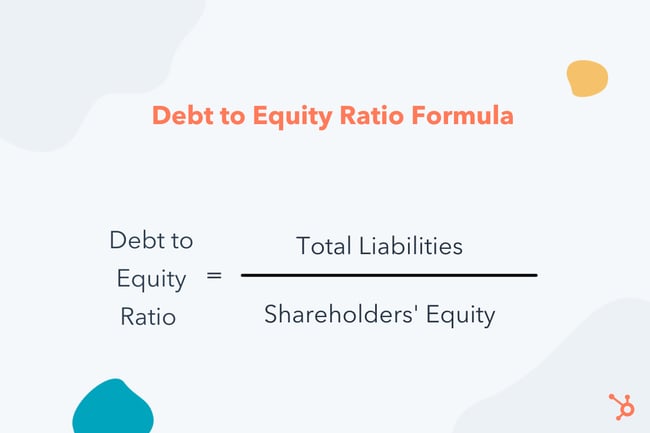
Here are the two elements that make up the formula:
- Total liabilities: Total liabilities represent all of a company's debt, including short-term and long-term debt, and other liabilities (e.g., bond sinking funds and deferred tax liabilities).
- Shareholders' equity: Shareholders' equity is calculated by subtracting total liabilities from total assets. Total liabilities and total assets are found on a company's balance sheet.
Other Debt to Equity Ratio Formulas to Consider
Depending on what metrics you'd like to evaluate, you may need to use a different formula. To compare a company’s short-term liquidity use the cash ratio:
Cash ratio = cash + marketable securities/short-term liabilities
The cash ratio is used to evaluate the ability of an organization to pay its short-term obligations with cash. If the ratio comes out higher than 1, it means the organization has enough cash to cover its debts. If less than 1, the organization has more short-term debts than cash.
Additionally you can opt to use the current ratio:
Current ratio = short-term assets/short term liabilities
The current ratio also evaluates an organization's short-term liquidity, and compares its current assets to its current liabilities. It evaluates an organization's ability to pay its debts and obligations within a year.
Short-term debt can include wages, payments to suppliers,or short-term notes payable. Short-term liabilities are considered less risk because they are typically paid within a year.
Debt to Equity Ratio Example
Let's say a software company is applying for funding and needs to calculate its debt to equity ratio. Its total liabilities are $300,000 and shareholders' equity is $250,000.
Here's what the debt to equity ratio would look like for the company:
Debt to equity ratio = 300,000 / 250,000
Debt to equity ratio = 1.2
With a debt to equity ratio of 1.2, investing is less risky for the lenders because the business is not highly leveraged — meaning it isn’t primarily financed with debt.
How can you tell what your debt to equity ratio should be? We’ll go over that next.
What is a good debt to equity ratio?
A good debt to equity ratio is around 1 to 1.5. However, the ideal debt to equity ratio will vary depending on the industry because some industries use more debt financing than others. Capital-intensive industries like the financial and manufacturing industries often have higher ratios that can be greater than 2.
A high debt to equity ratio indicates a business uses debt to finance its growth. Companies that invest large amounts of money in assets and operations (capital intensive companies) often have a higher debt to equity ratio. For lenders and investors, a high ratio means a riskier investment because the business might not be able to produce enough money to repay its debts.
If a debt to equity ratio is lower — closer to zero — this often means the business hasn't relied on borrowing to finance operations. Investors are unlikely to invest in a company with a very low ratio because the business isn't realizing the potential profit or value it could gain by borrowing and increasing operations.
What should businesses with good debt to equity ratios do next?
Businesses with good debt to equity ratios are those that fall within the standard range for their industries. These companies are likely in a period of positive growth supported by balanced financing from both debt lenders and equity shareholders.
Although a company with a good debt to equity ratio looks good on paper financially, it’s important to understand that this fiscal metric is a snapshot that doesn’t tell the entire story of how a business is using capital as a tool to scale. So, don’t get too comfortable when this number is positive. Instead, turn your attention to your long-term debt to equity ratio as this has an impact on your business’s financial health, too. Consider funding any long-term growth plans with long-term debt rather than short-term financing in order to stabilize your pecuniary picture.
What is a negative debt to equity ratio?
A negative debt to equity ratio occurs when a company has interest rates on its debts that are greater than the return on investment. Negative debt to equity ratio can also be a result of a company that has a negative net worth. Companies that experience a negative debt to equity ratio may be seen as risky to analysts, lenders, and investors because this debt is a sign of financial instability.
A company can experience a negative debt to equity ratio for a number of reasons, including:
- Taking on additional debt to cover losses instead of issuing shareholder equity.
- Expensing intangible assets, such as trademarks, that exceed pre-existing shareholder equity values.
- Making large dividend payments that exceed shareholders' equity.
- Experiencing financial loss in periods following large dividend payments.
When any of these situations occur, they could signal a sign of financial distress to shareholders, investors, and creditors.
What should you do if you have negative debt to equity ratio?
If your business has a negative debt to equity ratio, you might have a hard time finding financing in the future due to the amount of debt you already use to fund your company. The answer to this is not to jump into more equity financing as this can cause issues with the operations of your business. Extending more equity to new shareholders can cause your company to pursue a different direction as a contingency of accepting their financing.
Instead, if you want to lower your debt to equity ratio, you might prioritize repaying the debt you owe before growing your business further. Check CSIMarket for debt to equity ratio standards in your industry to see how yours compares to those of other businesses.
Long-Term Debt to Equity Ratio
The long-term debt to equity ratio shows how much of a business' assets are financed by long-term financial obligations, such as loans. To calculate long-term debt to equity ratio, divide long-term debt by shareholders' equity.
As we covered above, shareholders' equity is total assets minus total liabilities. However, this is not the same value as total assets minus total debt because the payment terms of the debt should also be taken into account when assessing the overall financial health of a company.
Short-term debt consists of liabilities that will be paid in under a year. Long-term debt consists of liabilities that will take a year or more to mature. Let's walk through an example.
Company A has $2 million in short-term debt and $1 million in long-term debt. Company B has $1 million in short-term debt and $2 million in long-term debt. Both companies have $3 million in debt and $3.1 million in shareholder equity giving them both a debt to equity ratio of 1.03.
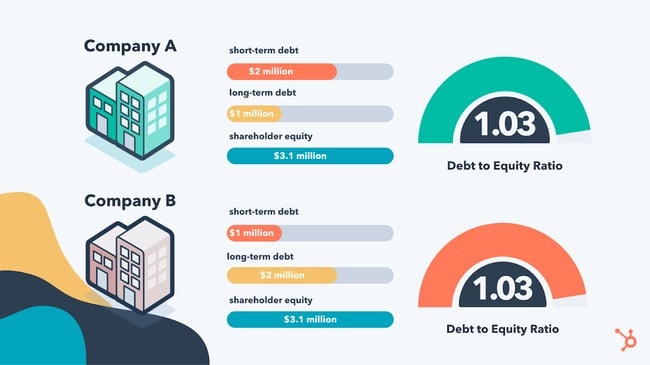
However, because short-term debt is renewed more often, having greater short-term debt compared to long-term debt is considered risky, especially with fluctuating interest rates. With this in mind, Company B would be considered less risky because it has more long-term debt, which is considered more stable.
Here's a reference to help you remember the long-term debt to equity ratio formula.
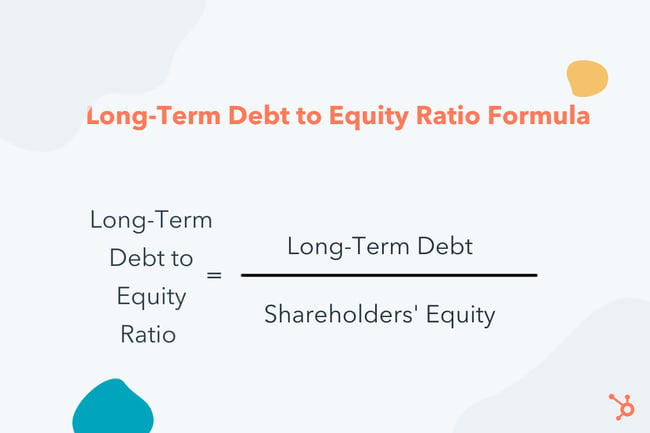
Examples of long-term debt include mortgages, bonds, and bank debt. Just like the standard debt to equity ratio, investing in a business is riskier if it has a high ratio.
Using Debt and Equity to Scale Your Business
Debt can be a four-letter word to small and scaling businesses, but it doesn’t have to be. When used correctly, debt can show investors and lenders that you’re using the resources available to your business in order to realize a positive return on investment.
The debt to equity ratio is a valuable tool for entrepreneurs and investors, and it shows how much a business relies on debt to finance its purchases and business activities in relation to the equity it uses for the same purposes. This ratio is fluid across industries, so check the standards for your company as you begin financing big projects and growth strategies.
Editor's note: This post was originally published in October 2018 and has been updated for comprehensiveness.
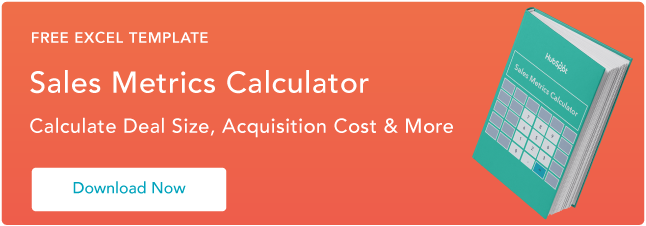














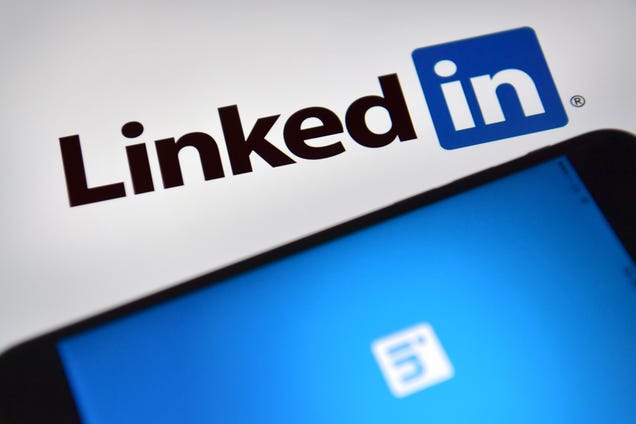



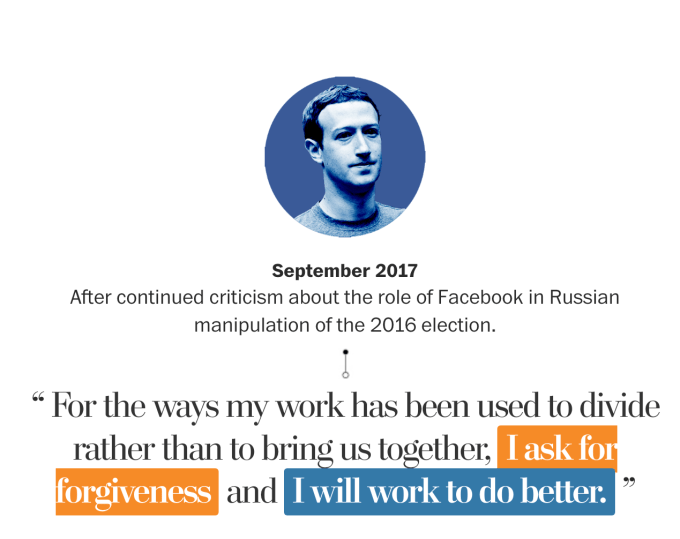

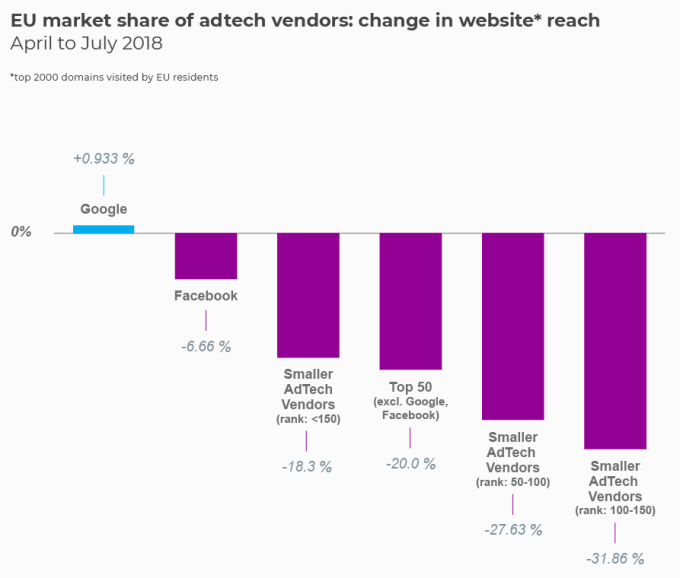

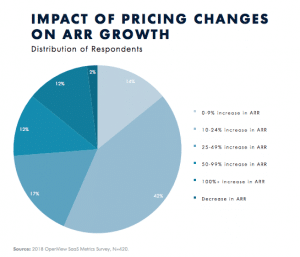

















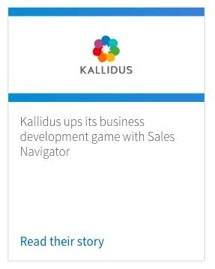
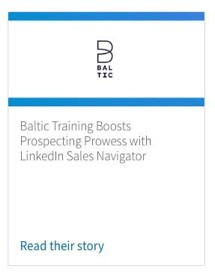
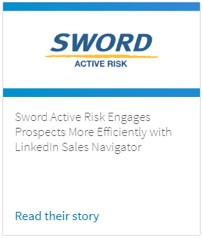




 2. Optimism
2. Optimism










































